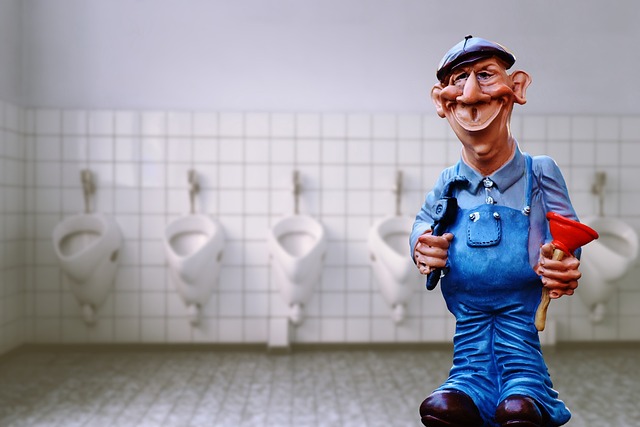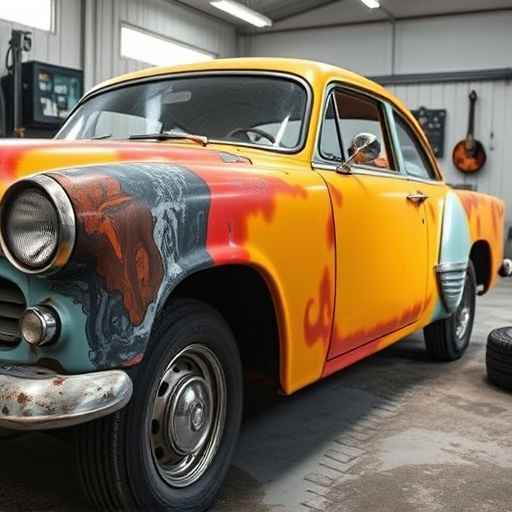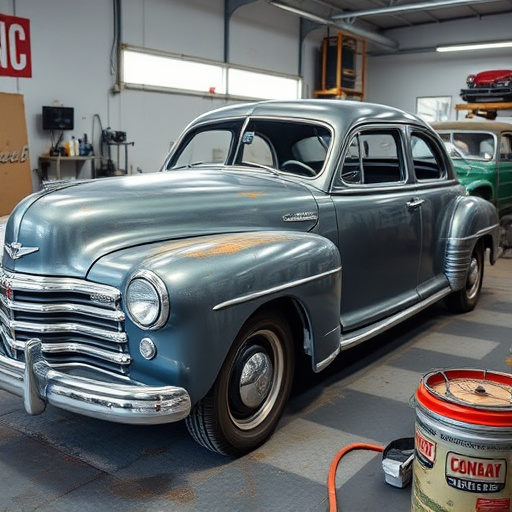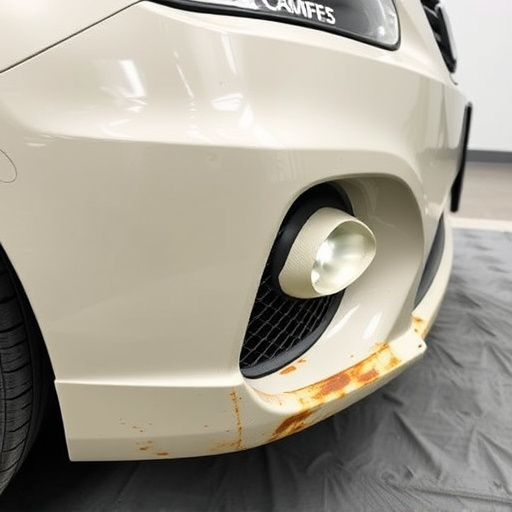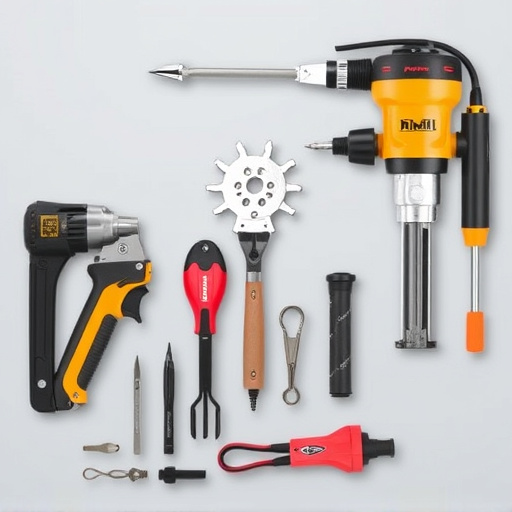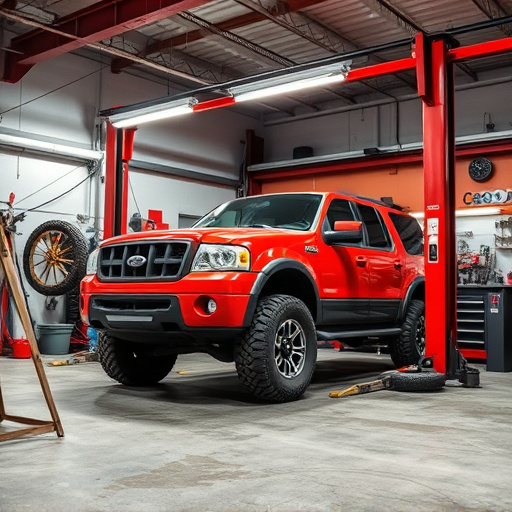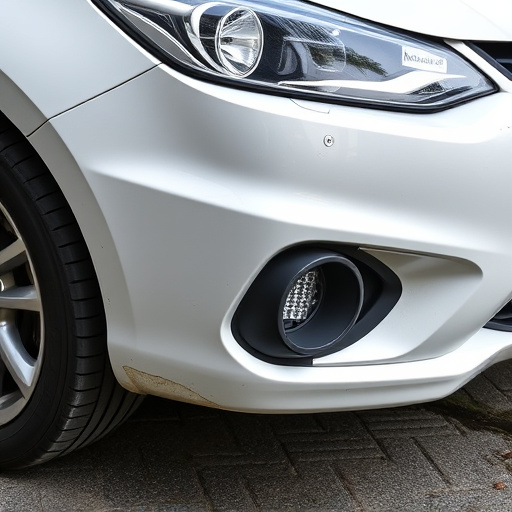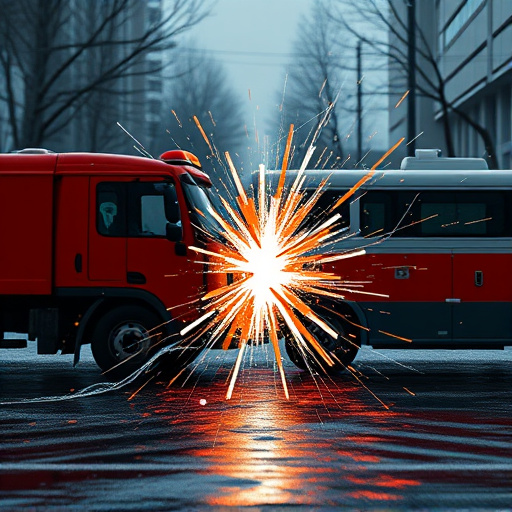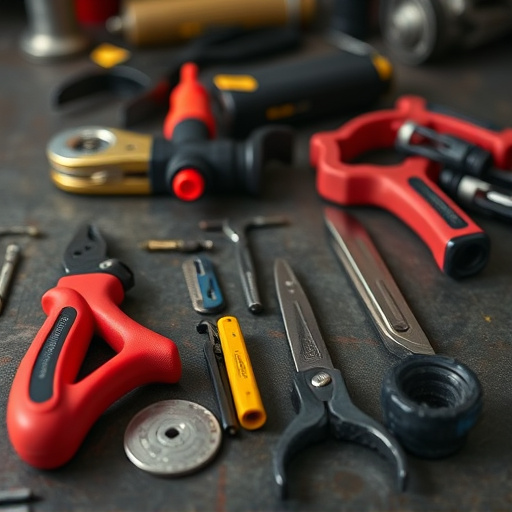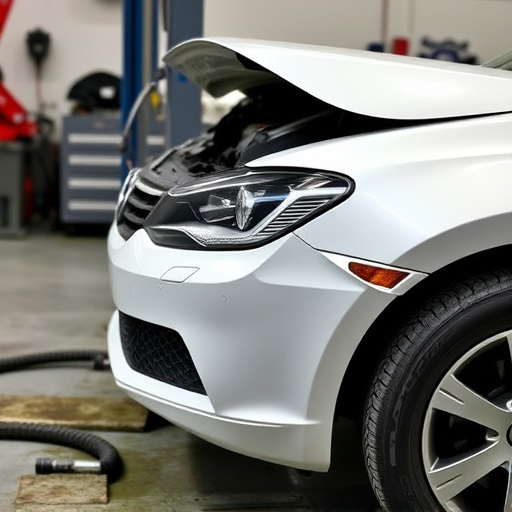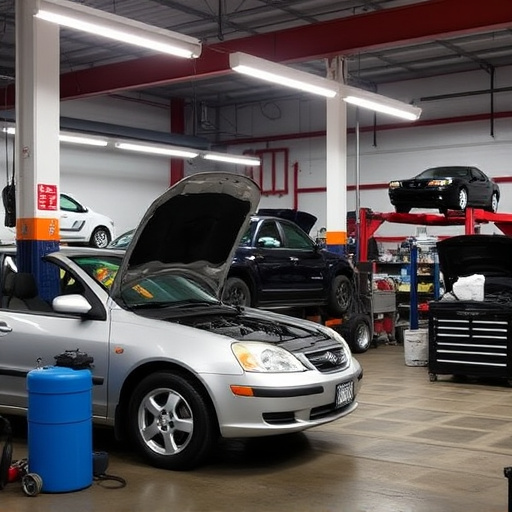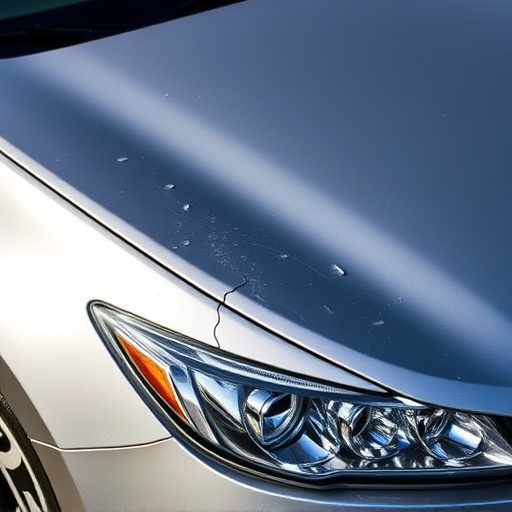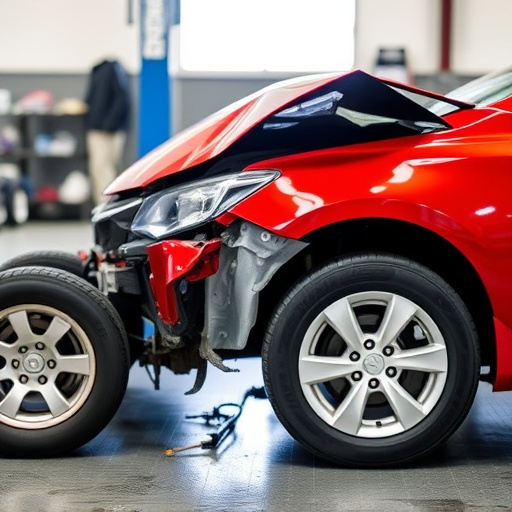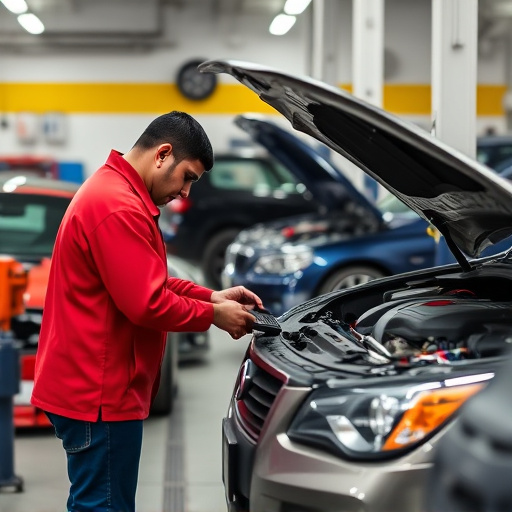Post-repair safety inspections are vital for auto repair shops to ensure vehicle functionality and structural integrity after repairs. By prioritizing thorough checks for potential defects, including hidden structural issues, shops can enhance customer satisfaction, build trust, and guarantee each repaired vehicle's roadworthiness and safety. These inspections cover critical components, instilling confidence in customers seeking collision or painting services.
In the realm of maintenance and repair, reliability is paramount. Ensuring that repairs are not only effective but also safe is a critical aspect often underscored in post-repair processes. This article delves into the intricate link between reliability and post-repair safety inspections, highlighting their symbiotic relationship. We explore how understanding reliability can enhance safety checks, and vice versa, ultimately fostering optimal results. By integrating robust safety protocols, folks can navigate repairs with confidence, knowing each step is meticulously designed for both efficiency and security.
- Understanding Reliability in Post-Repair Processes
- The Role of Safety Inspections After Repairs
- Integrating Reliable Safety Checks for Optimal Results
Understanding Reliability in Post-Repair Processes
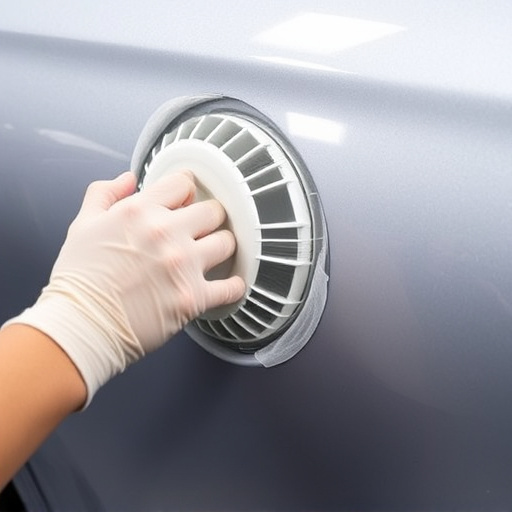
In the context of post-repair safety inspections, understanding reliability is paramount. Reliability refers to the consistency and dependability of a system or process in producing desired outcomes over time. In an auto repair shop setting, this translates into ensuring that each step of the repair process, from diagnosing the issue to final car body restoration, meets established standards and criteria. A reliable post-repair safety inspection involves thorough checks for any potential defects or remaining issues that could compromise vehicle safety.
This process is crucial for maintaining not just the functionality but also the structural integrity of vehicles undergoing repairs, whether it’s routine maintenance or complex automotive body work. By prioritizing reliability in these inspections, auto repair shops can enhance customer satisfaction and ensure that each repaired vehicle is safe to be on the road, thereby fostering trust in their services.
The Role of Safety Inspections After Repairs
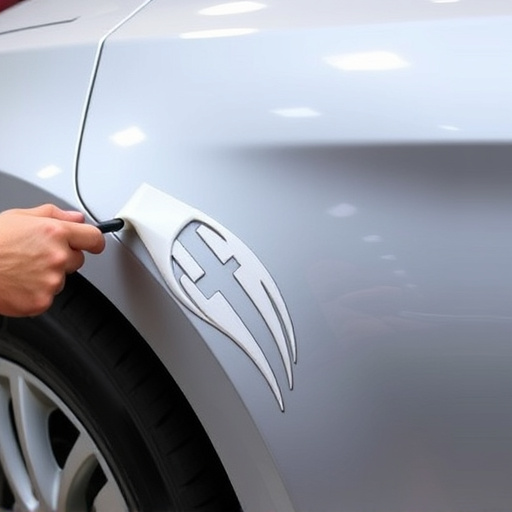
Post-repair safety inspections are an integral part of ensuring reliable vehicle performance and occupant protection after any auto repair or collision repair services. These thorough checks serve as a critical quality control measure, especially in the context of complex vehicle systems. Following repairs, whether it’s a simple oil change at an auto repair shop or extensive vehicle collision repair, a comprehensive safety inspection is vital to identify potential issues that may have been overlooked during the initial repair process.
For example, in a collision repair scenario, while the visible damages might be addressed, hidden structural integrity problems could remain undiscovered without a dedicated post-repair safety inspection. This is where specialized training and equipment come into play for technicians in collision repair shops to accurately detect these subtler issues. By implementing rigorous post-repair safety inspections, auto repair shops can assure customers of not just visible repairs but also the overall safety and reliability of their vehicles on the road.
Integrating Reliable Safety Checks for Optimal Results
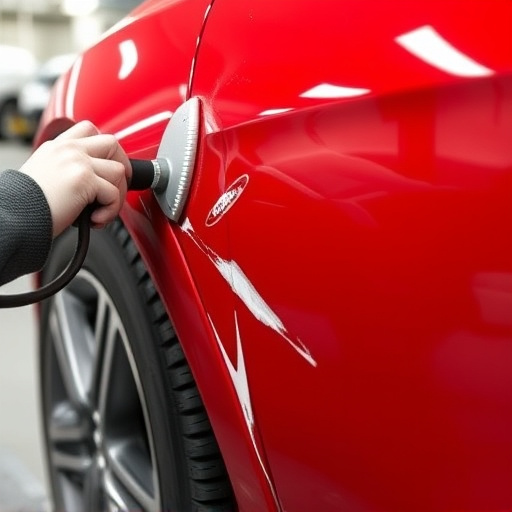
Integrating reliable safety checks into the post-repair process is paramount for achieving optimal results in automotive repair services. After a car collision repair or an auto painting job, thorough inspection ensures that every component is not just visually appealing but also structurally sound and safe for operation. This includes meticulous checks of the vehicle’s frame, suspension systems, brakes, lights, and other critical safety features.
By prioritizing these reliable safety checks, automotive repair shops can deliver high-quality work that goes beyond aesthetic restoration. It guarantees that customers are not only satisfied with their vehicle’s appearance but also confident in its ability to protect them on the road. This commitment to safety enhances the reputation of the shop and fosters trust among clients seeking car collision repair or auto painting solutions.
Reliability and thoroughness are essential aspects of any successful post-repair process. By integrating reliable safety checks as a standard procedure, workshops can ensure not only the effectiveness of repairs but also the well-being of their customers. This approach, which combines a deep understanding of reliability with rigorous safety inspections, sets a new standard for excellence in the automotive industry, fostering trust and confidence among both service providers and vehicle owners.
